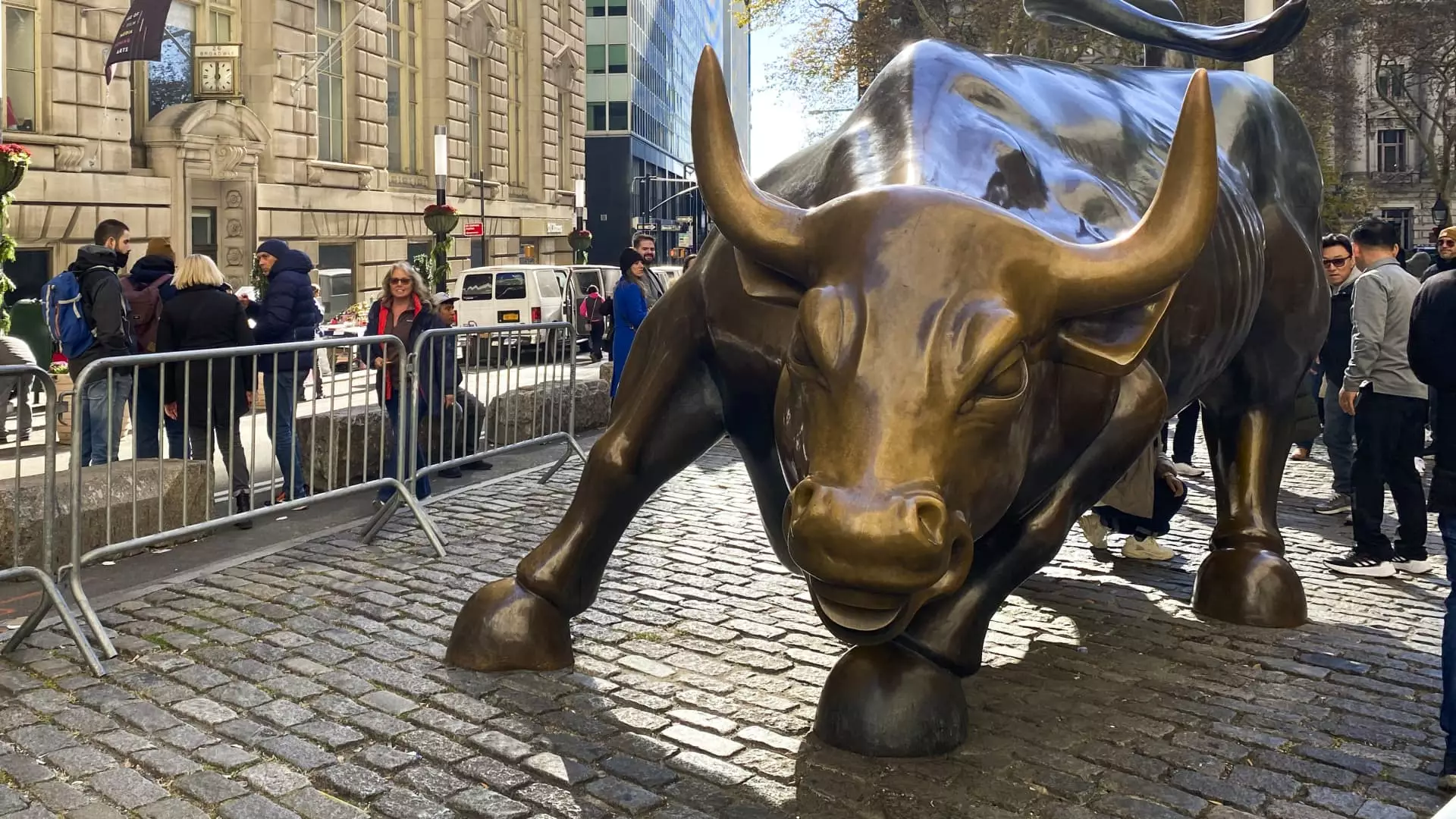Investors have long been intrigued by small-cap stocks, which typically offer higher growth potential than their larger counterparts. As market dynamics shift, actively managing these investments becomes even more crucial. According to Rob Harvey, co-head of product specialists at Dimensional Fund Advisors, the Dimensional U.S. Small Cap ETF aims to capitalize on this potential by employing a methodical strategy to enhance performance. Harvey emphasizes the importance of sifting through the small-cap universe to identify and eliminate companies that fail to demonstrate profitability.
By bypassing companies that are unlikely to rebound, investors might dramatically improve their return prospects. This viewpoint reflects increasing scrutiny over which small-cap stocks warrant investment. The Russell 2000 index, which serves as a benchmark for small-cap stocks, has seen a 12% rise this year, compared to a remarkable 23% increase in the S&P 500. Harvey argues that filtering out underperformers can significantly boost the fund’s overall returns, a sentiment shared by many in the investment community.
Investment managers like Ben Slavin, global head of ETFs at BNY Mellon, are observing a growing appetite for actively managed products in this space. As investor sentiment turns towards small-cap stocks, the demand for selective investment strategies is rising. This trend is evident in capital flows, with money increasingly directed towards investment vehicles that promise to screen out poorly performing entities in the small-cap sector.
The Dimensional U.S. Small Cap ETF, while not achieving standout performance relative to its peers—currently trailing the Russell 2000 by over one percentage point—still offers a window into how astute stock selection can affect overall portfolio return. The top holdings as outlined on their website include familiar names like Sprouts Farmers Market and Abercrombie & Fitch, indicating a diverse portfolio. Interestingly, a more curious detail lies in its allocation, where cash and cash equivalents make up 1.13% of the fund—highlighting a cautious approach in this volatile segment.
There’s an inherent tension between active and passive management strategies, particularly in the small-cap arena. While passive strategies benefit from low fees and market exposure, the potential for higher returns through active management is still appealing, especially in a market that can be uncertain. Investors yearning for growth might find solace in strategically managed small-cap ETFs, which aim to filter out the less promising stocks while retaining opportunities for significant gains.
As we look ahead, the landscape for small-cap investments appears increasingly optimistic, yet complex. With the right strategies in place, investors have a chance to unlock significant returns in a sector often overlooked. The performance of funds like Dimensional’s, alongside shifts in investor behavior, underscores the potential advantages of an actively managed approach to small caps. Engaging with competent fund managers and understanding the nuanced dynamics of small-cap investing may provide investors with the edge they need in their quest for portfolio growth.
In short, while actively managed small-cap ETFs may have their challenges, they remain a compelling option for those willing to navigate the intricacies of this dynamic market segment.


Leave a Reply